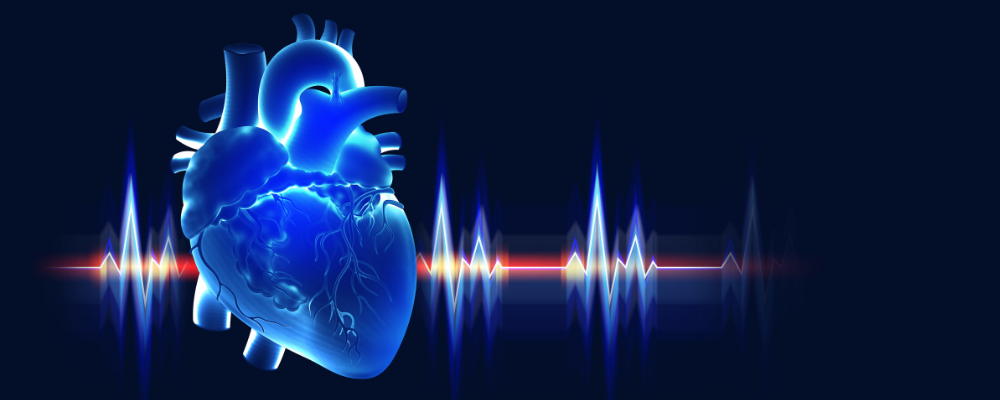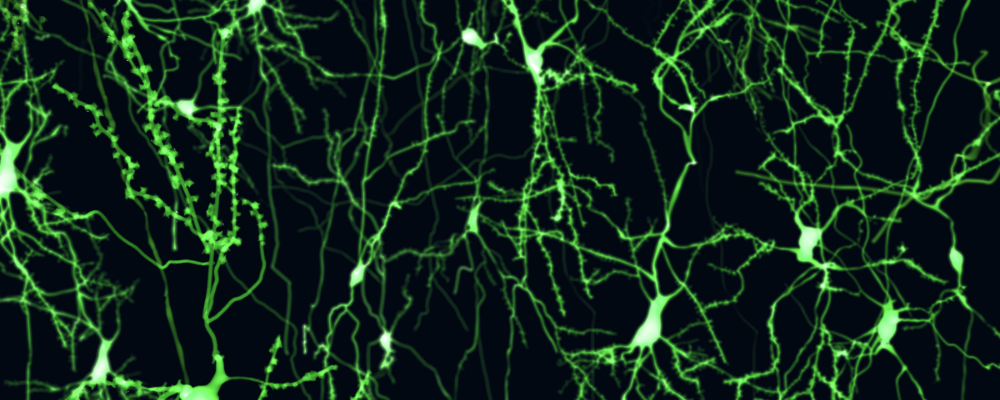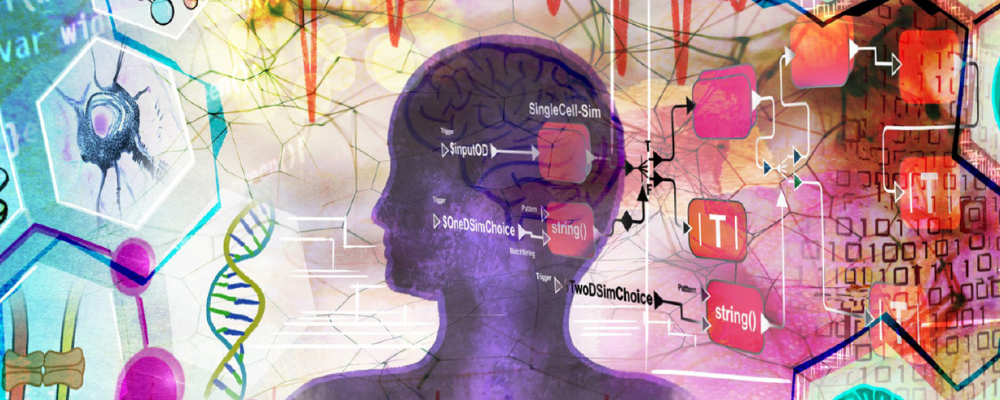
Leading scientists will gather at the University of Birmingham on 3 – 4 September 2025 for the second, Cross-Talk of Cells in the Heart 2025: Novel Mechanisms of Disease and Arrhythmias. Building on the success of the 2023 meeting in Liverpool, it once again unites leading experts and early-career scientists in an inspiring setting. With the key aims of sharing research, fostering discussions, building collaborations, and advancing our understanding of this vital and increasingly recognised field.
Heart disease is a leading cause of death, and recent research highlights the critical role of non-cardiomyocytes (such as neurons, fibroblasts, immune cells, and adipocytes) in cardiac health and disease. In the healthy heart there are more non-cardiomyocytes than cardiomyocytes, and their numbers increase following injury (Heidt et al., 2014; Litviňuková et al., 2020).
Neurons densely innervate the heart, fine-tuning its function. Age-related loss of nerve density contributes to cardiac dysfunction and increased disease prevalence in the elderly (Wagner et al., 2023). Altered neuronal innervation is also a component of conditions traditionally thought of as solely ‘cardiac’, like catecholaminergic polymorphic ventricular tachycardia (O’Reilly et al., 2025) and arrhythmogenic cardiomyopathy (Vanaja et al., 2024). Restoring nerve density shows therapeutic promise (Wagner et al., 2023).
Cardiac fibroblasts, comprising ~30% of the adult heart, support structural integrity. In disease conditions, they differentiate into myofibroblasts, contributing to fibrosis and scar formation (Hall et al. 2021). This disrupts electrical conduction and promotes arrhythmia in conditions such as ventricular tachycardia and atrial fibrillation (Dhanjal et al., 2017; Karakasis et al., 2024)
Immune cells also influence cardiac health, driving inflammation, remodelling, and arrhythmia in conditions like myocardial infarction and heart failure. Further, both resident and recruited macrophages modulate electrophysiology through gap junction coupling and voltage-gated ion channels (Simon-Chica et al., 2023), presenting immunotherapy as a potential treatment.
Adipocytes and adipose tissue regulate cardiac function, with excess epicardial fat in obesity disrupting electrical activity in the atria and ventricles (Nalliah et al., 2020; Wells et al., 2023). Emerging weight-loss therapies, such as GLP-1 receptor agonists and SGLT2 inhibitors, highlight the importance of understanding adipose-cardiac cross talk (Sha et al., 2024).
Advances in co-culture, organoid, and engineered heart tissue systems allow investigation of multi-cellular contributions to cardiac disease (Cho et al., 2022), while computational models increasingly capture the complex interactions of the hetero-cellular heart (Trayanova et al., 2024).
The exciting two-day Physiological Society meeting, Cross-Talk of Cells in the Heart 2025 on 3–4 September 2025, will unite leading experts and early-career scientists in an inspiring setting to share research, foster discussions, and build collaborations, advancing our understanding of this vital and increasingly recognised field.
Join us in September 2025! Keep an eye on our event page for further details about registration and abstract submissions.
References
Dhanjal TS et al. (2017). ‘Massive Accumulation of Myofibroblasts in the Critical Isthmus Is Associated With Ventricular Tachycardia Inducibility in Post-Infarct Swine Heart’. JACC. Clinical electrophysiology 3(7): 703–14. doi:10.1016/j.jacep.2016.11.010.
Hall C et al. (2021). ‘Complex Relationship between Cardiac Fibroblasts and Cardiomyocytes in Health and Disease’. Journal of the American Heart Association 10(5): 1–15. doi:10.1161/JAHA.120.019338.
Heidt Timo et al. (2014). ‘Differential Contribution of Monocytes to Heart Macrophages in Steady-State and After Myocardial Infarction’. Circulation Research 115(2): 284–95. doi:10.1161/CIRCRESAHA.115.303567.
Karakasis P et al. (2024). ‘Atrial Fibrosis in Atrial Fibrillation: Mechanistic Insights, Diagnostic Challenges, and Emerging Therapeutic Targets’. International Journal of Molecular Sciences 26(1): 209. doi:10.3390/ijms26010209.
Litviňuková M et al. (2020). ‘Cells of the Adult Human Heart’. Nature 588(7838): 466–72. doi:10.1038/s41586-020-2797-4.
Nalliah CJ et al. (2020). ‘Epicardial Adipose Tissue Accumulation Confers Atrial Conduction Abnormality’. Journal of the American College of Cardiology 76(10): 1197–1211. doi:10.1016/j.jacc.2020.07.017.
O’Reilly M et al. (2025). ‘Redefining Catecholaminergic Polymorphic Ventricular Tachycardia (CPVT) as a Neurocardiac Condition’. : 2025.01.27.635037. doi:10.1101/2025.01.27.635037.
Sha R et al. (2024). ‘Impact of Obesity on Atrial Fibrillation Pathogenesis and Treatment Options’. Journal of the American Heart Association 13(1): e032277. doi:10.1161/JAHA.123.032277.
Simon-Chica A et al. (2023). ‘Nonmyocytes as Electrophysiological Contributors to Cardiac Excitation and Conduction’. American Journal of Physiology-Heart and Circulatory Physiology 325(3): H475–91. doi:10.1152/ajpheart.00184.2023.
Vanaja IP et al. (2024). ‘Cardiac Sympathetic Neurons Are Additional Cells Affected in Genetically Determined Arrhythmogenic Cardiomyopathy’. The Journal of Physiology. doi:10.1113/JP286845.
Wagner JUG et al. (2023). ‘Aging Impairs the Neurovascular Interface in the Heart’. Science 381(6660): 897–906. doi:10.1126/science.ade4961.
Wells SP et al. (2023). ‘Localized Cardiomyocyte Lipid Accumulation Is Associated with Slowed Epicardial Conduction in Rats’. Journal of General Physiology 155(11): e202213296. doi:10.1085/jgp.202213296.



